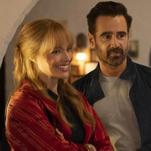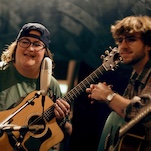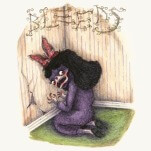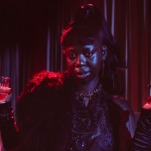Cinema Under the Influence: Flannery O’Connor
Exploring the interactions and influence on cinema of famous figures outside the world of film
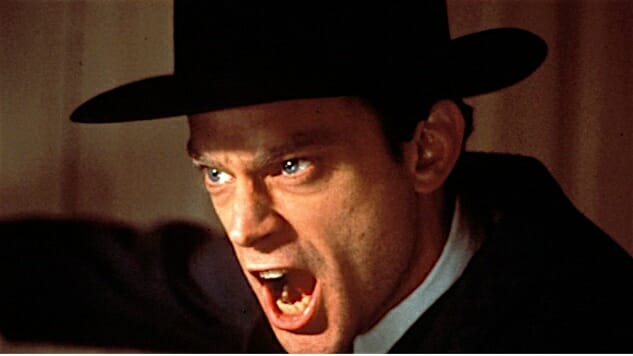
The Southern Gothic—in both its literary and cinematic incarnations—is deeply indebted to the weird, brilliant work of Flannery O’Connor. Born in the cradle of the Deep South in the years before the Great Depression, O’Connor grew to be one of the most influential writers of her era, and strikingly associated with the region she came from. The genre is bred from a sense of underlying violence of the American South, drawing from its bloody history of racial division.
Characters in the Southern Gothic—be it Robert Mitchum in The Night of the Hunter (1955) or the assorted cast of maligned potboiler The Paperboy (2012)—tend to be eccentric or violent, morally questionable, and stewing in a backdrop of fervent religion and cross-class hatred. At its best, the cinematic Southern Gothic is trashy, obsessed with the past, blighted by poverty and brutality, and thoroughly unsettling. You could say very much the same of much of O’Connor’s body of work. In fact, Pete Dexter, writer of The Paperboy and nasty Dennis Hopper parable Paris Trout, has said that he revisits O’Connor’s classic short story collection A Good Man Is Hard to Find every year.
-

-

-

-

-

-

-

-

-

-

-

-

-

-

-

-

-

-

-

-

-

-

-

-

-

-

-

-

-

-

-

-

-

-

-

-

-

-

-

-



